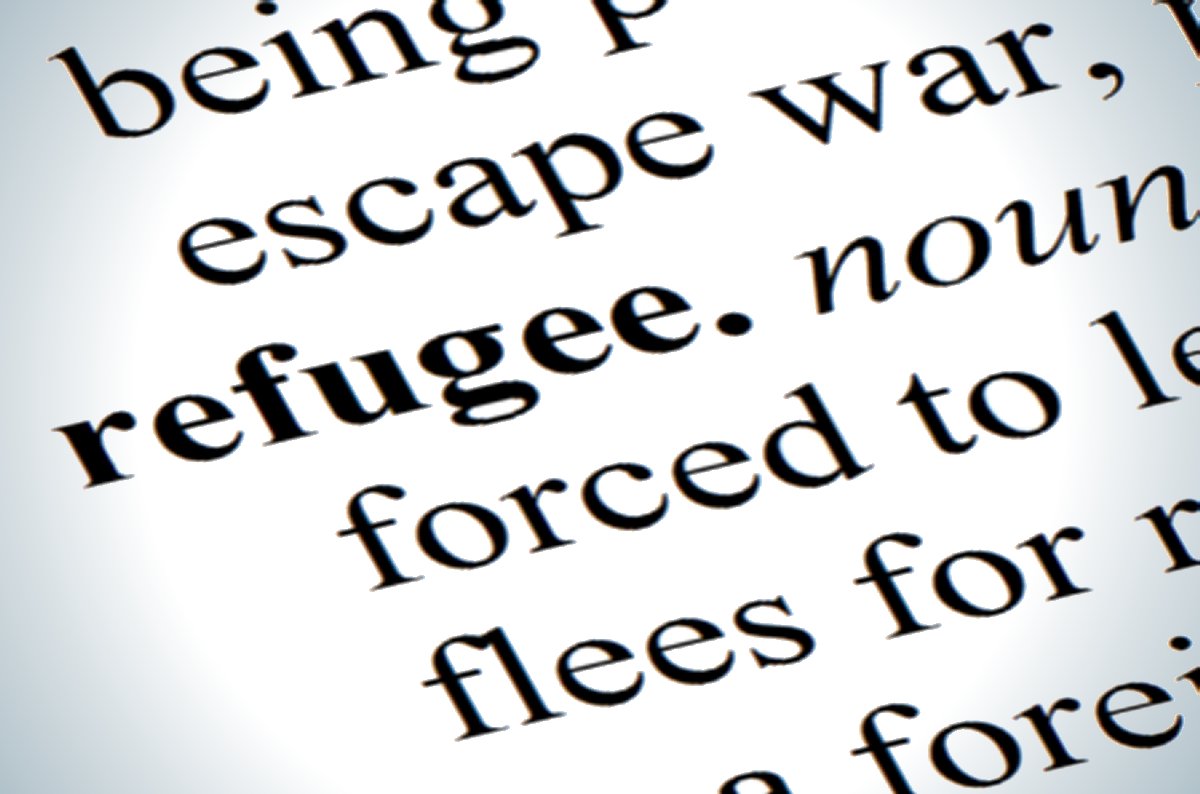 It started with an Instagram account. As I was studying refugees, I came across an Instagram account belonging to a non-governmental organization that used photographs to “document, help, educate, and empower refugees and internally displaced people.” As a photographer myself and interested in refugee studies as an anthropologist, I gave this account a follow. The account I am referring to is @everydayrefugees. Now, I look back on the decision to follow this account and recognize myself as a person naïve in understanding how refugees are depicted and how their stories are told and that as my studies progressed, I now view this account differently than I did when I first followed it.
It started with an Instagram account. As I was studying refugees, I came across an Instagram account belonging to a non-governmental organization that used photographs to “document, help, educate, and empower refugees and internally displaced people.” As a photographer myself and interested in refugee studies as an anthropologist, I gave this account a follow. The account I am referring to is @everydayrefugees. Now, I look back on the decision to follow this account and recognize myself as a person naïve in understanding how refugees are depicted and how their stories are told and that as my studies progressed, I now view this account differently than I did when I first followed it.
On first glance, I was impressed with the photographic style and quality of images being presented. It is impressive photojournalism for sure.
The scenes are set well, the lighting was good, there is a distinct lack of anything drawing attention to something that can be perceived as “ugly.” Most of the images taken depict very similar attributes.
Children playing, laughing, and learning have a dominant presence and looking at it made me feel as if those actions were commonplace and that refugee camps were generally happy and lively places and that the UNHCR was actively assisting and ever-present ready to help. It fueled my hope that the situations of refugees were improving.
It, genuinely, is a wholesome, beautiful account, but looking back at it as I type this there is something that I find lacking. This is not something that is truly this accounts fault, but rather an overarching problem concerning the depiction of refugees. Each photo has a caption that describes the location and the action of the people being photographed; however, the refugees typically go unnamed and are present solely in that moment of time. It is in this that I see how the common depiction of refugees can cause them to become "ghosts." The depiction does not describe the refugees' situations and does not allow them to communicate their stories. The depiction does not allow us to see the treatment of refugees by organizations of power or the struggles they may be having inside the camps. Through this depiction, they are just a face, an action, a location. Commonly, through the ethnographic depiction, they are just a story, a case study. Through an organizational depiction, they become a statistic, a case number, a ration card. Through a governmental depiction, they become a problem. A single person may exist in the moment captured and be gone the next. They truly become a ghost population.
As I mentioned before, this is a beautiful account and I still enjoy viewing it, but I view it with less hope than I did before. I see their depiction and can't help but wonder who that person is, how they got there, how their asylum case is going, and is everything really being done to help them. This feeling is not just due to this account, but in refugee depiction as a whole where something is always lacking and questions always go unanswered. Especially when the question is "whose voice am I really hearing?"
All photo credit goes to @everydayrefugees and is directly from their public Instagram account. I personally enjoy this account and recommend it to everyone.



No comments:
Post a Comment